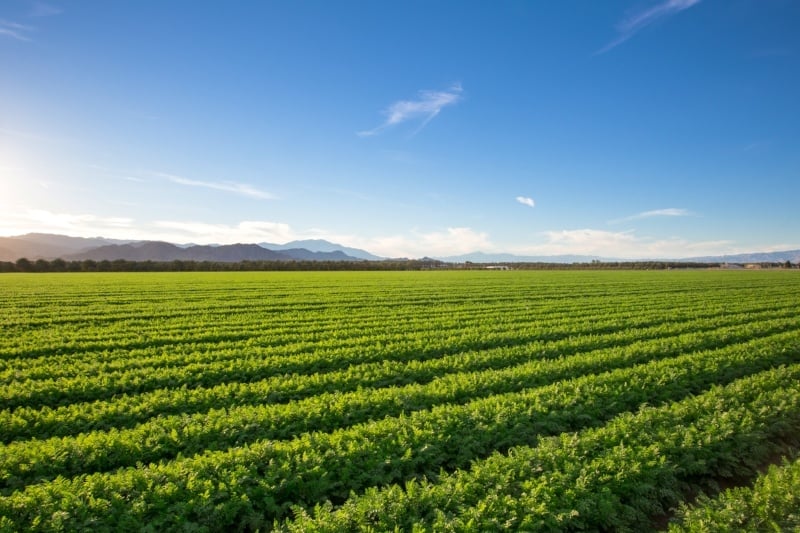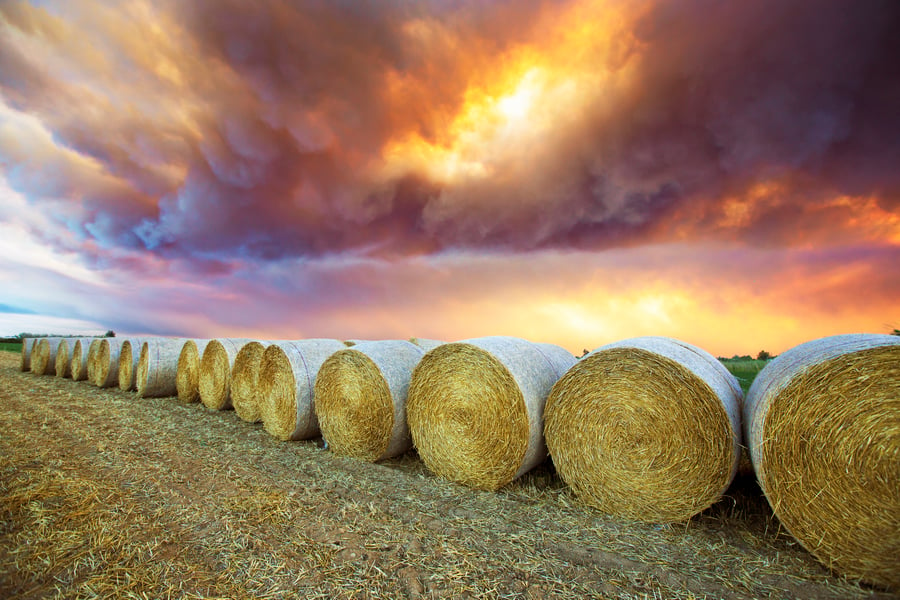Preventing the Negative Effects Moisture Can Have On Agriculture

Water is a vital resource for farmers growing any crop. Without enough water in the soil, plants simply cannot survive, let alone grow into valuable, high-quality crops. Yet, it is possible to have too much of a good thing.
Too much moisture in plants and in the soil can have negative effects on your agricultural efforts, including:
- Excessive soil erosion;
- Reduced crop yield/quality; and
- Loss of seed.
Excessive moisture can be caused by a number of factors. For example, prolonged rainfall and flooding from rivers/dams overflowing can cause massive damage all at once, and leave crops oversaturated.
However, there are times where excess moisture can build up more subtly, such as when the irrigation needs of your crops are misjudged and said crops are consistently over-watered. Also, a mistimed harvest might leave crops with too much moisture in them for safe processing and storage, so that’s another concern.
The question is this: “How can you prevent the problems caused by excess moisture?”
Mitigating Moisture Risks from Flooding
Flood damage can be both devastating and sudden. The best way to deal with damage to your crops from flooding is to be prepared ahead of time. This point of view is reinforced by Alberta Agriculture and Forestry, which states that “year-round efforts, especially during near normal conditions, to increases the level of resilience of the agricultural community and government to mitigate the effect of the extreme moisture event.”
Basically, preparing for extreme flooding events requires consistent effort and close collaboration with government authorities and with the rest of the agricultural community, whether or not there’s an imminent risk of flooding.
Another part of mitigating flood risks is to monitor the conditions in your area. For example, are there any major rivers, lakes, or other bodies of water that can flood nearby? Or, is your land located on ground that’s lower than the surrounding area? If so, then monitoring weather reports and forecasts for warnings of intense or prolonged rainfall is a must. Knowing when there’s a high risk of flooding in your area can mean the difference between saving some of your crops and farmland, or losing your entire yield.
Other preventative measures you can take against flooding include:
- Preparing drainage channels to divert floodwater away from your crops (only really feasible when dealing with minor flooding);
- Moving stored crops to elevated locations—such as the second floor of a barn—where flood waters are less likely to reach; and
- Keeping soil moisture stable throughout the year—overly dry soil actually has a harder time absorbing moisture than rich, loamy soil, making flooding events worse.
Subtler Moisture Risks to Your Crops
While flooding is a problem, it is hardly the only time where excess moisture can damage your crops. Other issues, such as over watering crops, harvesting crops that are too wet, or baling/bundling/storing crops that have too much moisture can cause other issues as well.
For example, wet hay, when baled tight, can suffer rapid growth of bacteria. These bacteria consume the hay from the inside, destroying its nutritive value. Worse yet, the thermal expansion caused by the rapid growth of this bacteria can cause wet hay to combust—more than a few farmers have had to replace the roof of a barn (or the whole barn) because a hay bale lit up unexpectedly.
With grain products, excess moisture can lead to problems selling grain—buyers only want to pay for “dry weight,” and water weight only adds to the cost of transporting the grain—this affects the price you can get during the sale. Worse yet, if your grain is too wet, it could lead to spoilage that completely negates the value of your hard work raising the crop.
Overwatering fields can contribute to soil erosion as the excess water carries away vital nutrients needed by the soil. This can impact your ability to grow crops in the coming season or lead to an excessive need to fertilize the soil.
Preventing Subtle Moisture Problems
The moisture problems outlined above are troublesome because they’re not always obvious to the unaided eye. So, the best way to prevent them is to use the right tools to monitor moisture conditions in both the soil and in your crops to help you better optimize both your irrigation and the scheduling of your harvest—regardless the type of crop you’re cultivating.
These tools include:
- Soil Moisture Meters. These moisture meters, when combined with gypsum sensor blocks buried in the soil (at levels appropriate to the root depth of your crops) allow you to measure the amount of moisture available to your crop. With this information, you can modify your irrigation schedule to maintain optimum soil moisture without wasting water.
- Hay Moisture Meters. Hay growers can use these moisture testing devices to monitor hay moisture during the harvest, just before baling, and in the bale.
- Grain Moisture Meters. For farmers specializing in grain products, grain moisture meters are an incredibly powerful and convenient tool for testing grain on the go. With these moisture testing devices, you can test grain in mere moments—and without having to destroy a sample to get it to 0% moisture like you would with an oven-dry test.
Agriculture moisture testers like the ones listed above can improve your ability to monitor moisture conditions in your soil and crops. They will help you to prevent issues caused by excessive moisture (or even a loss of moisture) by improving your irrigation efforts and the timing of your harvest.
Need to know more about how you can use moisture testing tools to help you optimize your crop yield and quality? Contact Delmhorst Instrument Co. for information and advice about using moisture meters for agriculture!
Subscribe to Our Blog
Post Related

How to Measure Moisture in Drywall


